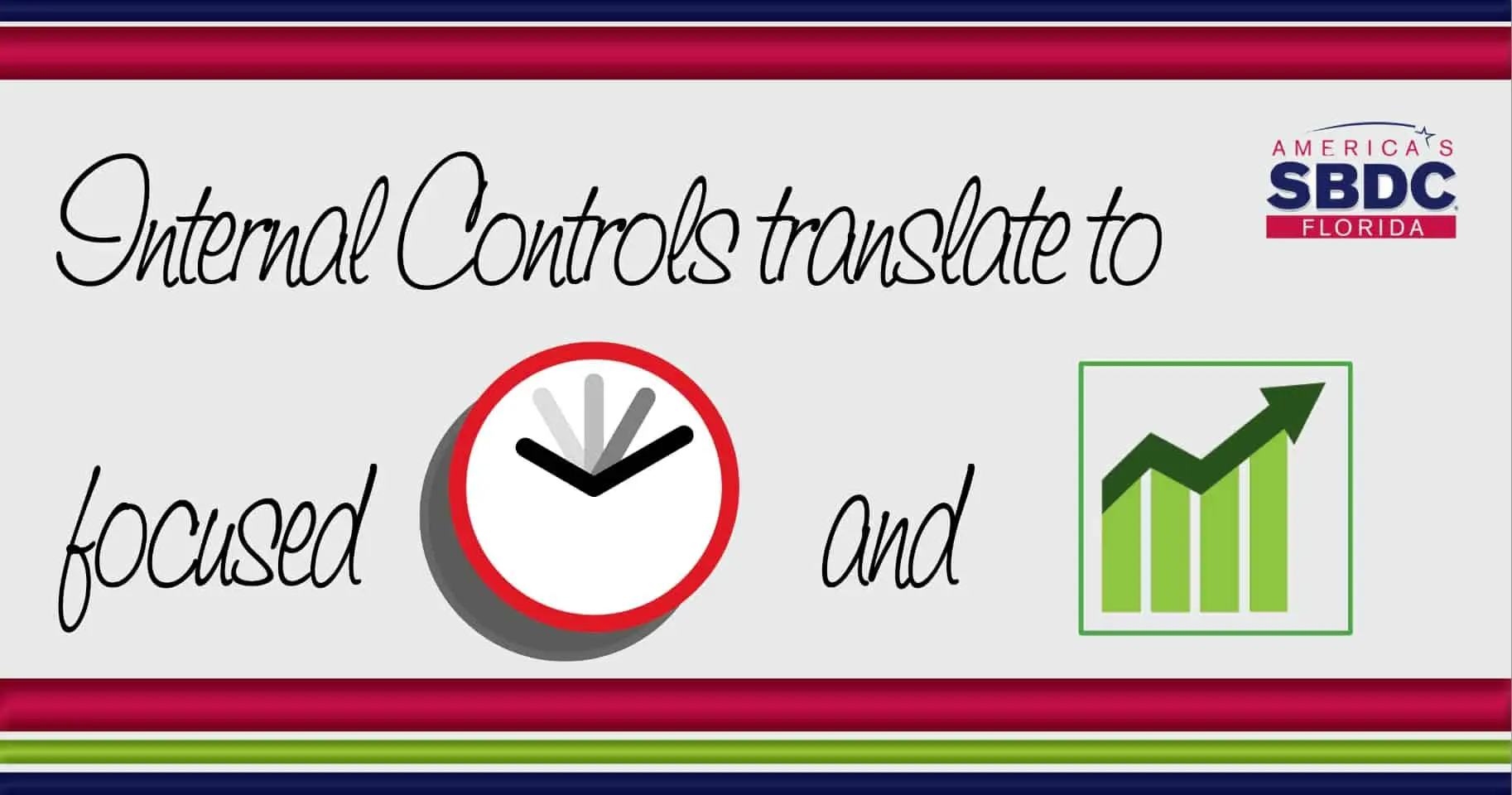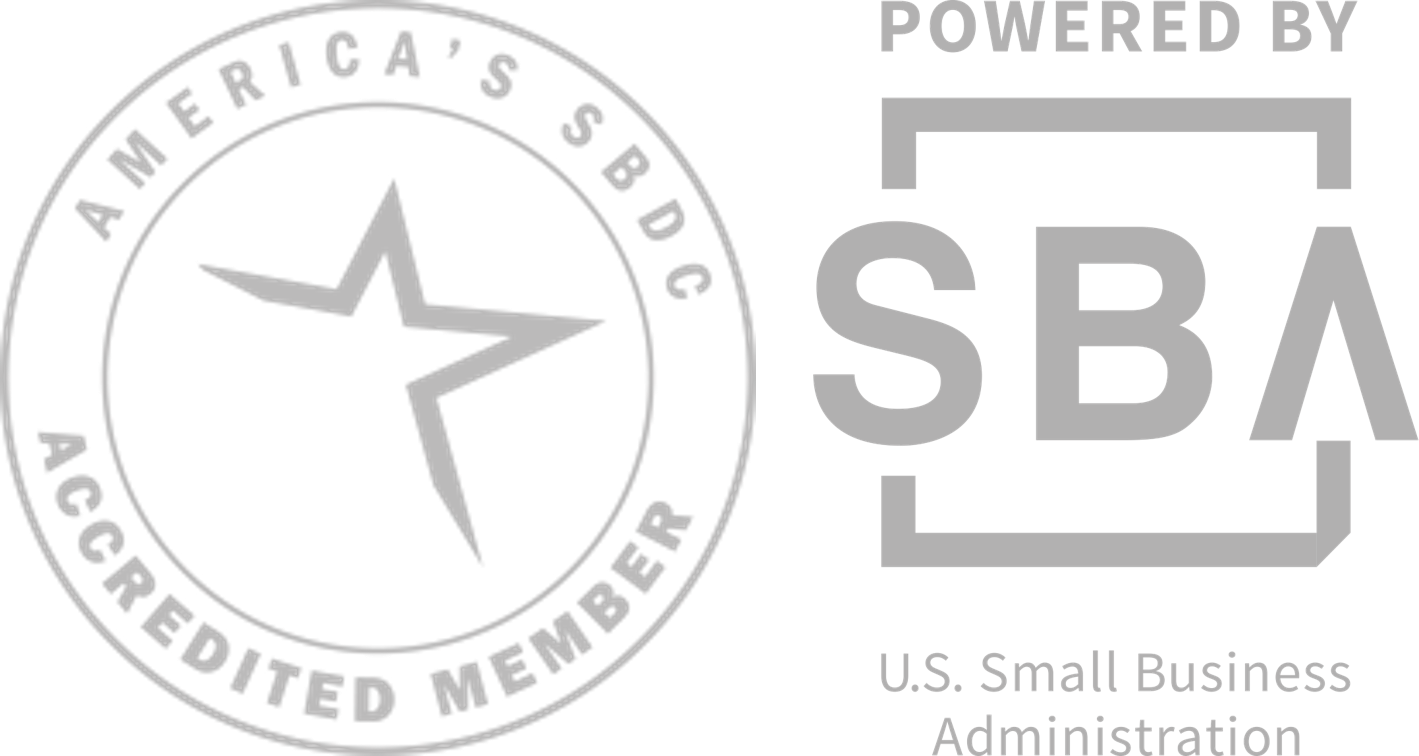Internal controls allow for focused time and resources
At first It would appear that internal control procedures are not necessary for a single-person, sole proprietor company. Isn’t the purpose of internal control to provide separation of duties and the security of company assets against insider theft or misappropriation?
Yes, but an expanded description of internal control is that it sets in place procedures to assure that company resources are being used as intended. This expansion includes the self-employed.
The sole proprietor faces several challenges when it comes to internal control. These are control risks:
- Time. The business owner’s time is spread between operational, administrative, and marketing duties. Add family time into the equation and free time becomes scarce. Lacking an internal control system could lead to costly errors and omissions.
- Financial Resources. The sole proprietor is challenged to afford to pay accountants, clerks, administrative managers, and sales representatives who would assist in the internal control process.
- Multitasking. The sole proprietor wears many hats and has to switch duties quickly and, oftentimes, inefficiently. A trail of uncompleted tasks is an internal control risk because it leads to errors and omissions that can cost the company sales or customers. Using valuable time to address late filing penalties and billing errors is unproductive.
- Procrastination. The enemy of all business owners. Tax reports should be completed timely. Budgets should be reviewed on an interim basis, not just at the end of the year.
A complete list of internal control procedures would require a comprehensive study of risk exposures. Each business is unique and requires a unique internal control design. For example, the plan for an architectural firm would greatly differ from a sporting goods retailer.
Below is a list of general guidelines to help start the internal control design process:
- Delineate business and personal use of resources so that there is a clear picture of operational efficiency. This is also important for legal and tax reporting purposes. For example, an accurate mileage log that documents the business use of automobiles is required by Internal Revenue Service regulations.
- Establish a calendar of tasks that should be completed each week. Billing customers, paying vendors, banking, and reconciling accounts should be routine. Do not schedule sales appointments during this time. Do not perform administrative tasks during time reserved for sales appointments.
- Maintain a “safety net” to assure that all transactions are “captured” by the company’s accounting system. QuickBooks© and other accounting software packages cannot provide useful reports if data is not entered into the system. Establish a plan to enter receipts and sales orders into the system. It may be a good investment to retain a part-time accounting clerk to assist with data entry.
- Reduce the risk of identity theft of both company and customer information by password protecting electronic media. Avoid using cell phones in public locations if the conversations involve confidential information. Purchase a shredder to dispose of confidential documents.
- Establish emergency procedures for the backup of intellectual and tangible resources. A safe deposit box at a local bank is an affordable way to safely archive backup data. This is not only to provide for the risk of the destruction of data, but also for the risk of not being able to access your business location for an extended period of time. Consider the benefits and costs of cloud-based data storage.
- Review interim financial reports for variances. Compare your budget against actual results and make time to launch corrections. Annual financial and tax reports are useless to provide timely feedback.
- Design a scalable internal control plan that can accommodate additional employees and transactions. Established policies and procedures that are set prior to the company’s growth reinforce the commitment to a strong internal control culture.
A strong internal control system for the self-employed business owner will pay for itself because it will allow the company to focus more time and resources to increasing sales and profitability.
[blog_list thumb=”medium” showposts=”1″ post_content=”full” category_in=”329″ disable=”image,meta,more”]





